#Inbound13
Be Remarkable
Seek Out the Things That Might Not Work
The sweeping theme of this year’s Inbound conference by HubSpot, a conference dedicated to marketing professionals, was “Be Remarkable.” A show-stopping lineup of speakers and classes covered how to better manage and be remarkable within your inbound marketing. Last year, I felt there was a heavy emphasis on goal-setting in relation to your marketing efforts, whereas this year the emphasis seemed to lie heavily on context – the idea of knowing where your buyers are in the marketing funnel and then creating personalized content accordingly. This ties back to HubSpot’s core emphasis on customer-centricity and keeping the customer and their needs at the center of all of your marketing efforts. Delight and surprise. Using that school of thought, you will create relationships with your audience/customers, who ideally will become advocates for your brand and product because you provided them with something of value.
The one downside of the conference was the long lines to attend the classes the first day. However, in true HubSpot fashion, they listened to the attendees gripes and opened up more conference space along with repeating some of the popular classes. HubSpot’s main focus is on education – educating and empowering the customer. With a ton of classes and three days worth of learning, it’s easy to get lost in the swamp of information, which is why I did the heavy lifting for you. To better manage the onslaught of information and help myself put it into context (See what I did there? Heavy sigh. I know, bear with me. No more cheesy references. I promise.), I like to look for patterns and group items into categories. These were the large umbrellas I found the talks and classes fell under, along with the big ideas to take with you from the conference.

Overarching Themes of the Conference:
Context:
Content is a staple to your marketing, bar none. However, context is not to be overlooked. It is the framework upon which you build your content. Context allows you to take into consideration the buyer’s experience at every stage in the buyer’s decision model. Use context to be a resource. Just as HubSpot is a resource for marketers and marketing strategies, so too should you be for your customers. You need to keep your customer at the center of your marketing. “Engaging with context” is key to building those customer relationships. In other words, you need to take into account where that person is in the buying cycle, how they have interacted with your site, if they want to talk to you right now or if they are just researching. You need to take into account who they are, what their needs are, what content they’re interested in, what information they’re seeking, and how they want to be interacted with. You can’t treat every person the same, because everyone is different, with differing needs.
Customer-centricity:
This falls within the realm of providing context to your content marketing. Put your customers at the center of your marketing efforts. Solve for the Customer (SFTC) was a phrase which popped up over the course of the three-day conference. In other words solve for the customer versus solving for the transaction. In the algebraic sense, solving for “X” puts “X” at the focus of the equation. That is what you are basing all of your moves around, all of your content around. Instead of approaching the marketing/sales process as a transaction, as a means-to-an-end, approach it with the customer at the center.
Work/Life Balance:
We are multitaskers. We are constantly innovating. With so many news sources and fragmentation of media/products, we’re challenged to be on the forefront of these trends. With the abundance of information and ease of access, there is a fear you will miss out on the latest-and-greatest. Arianna Huffington, Editor in Chief of the Huffington Post, as well as several Bold Talk speakers addressed this FOMO (Fear of Missing Out, for all those out of their teenage years). Connection is at the core of what we do. However, Arianna Huffington said we are in a constant state of motion, running ourselves ragged in an attempt to keep up. Huffington along with several Bold Talk speakers emphasized the need to disconnect and reconnect with your wellbeing so that you can grow and use your leadership skills to your full potential. By first taking care of yourself, you are better able to lead and care for others.
Failure is Inevitable:
Failure is part of the process. Best selling author and renowned speaker, Seth Godin, addressed this in his keynote. He said, “If you’re not willing to fail, you’re not willing to succeed.” Leaders/CEOs need to foster an environment where failure is accepted as part of the road to success. Everything is built upon everything else, just like Jenga, as another conference speaker pointed out. You learn from your mistakes. Godin gave the example of a company that sunk $2 million into an unsuccessful marketing project. The CEO’s response? I just spent $2 million dollars learning what didn’t work. Now let’s learn from it and find what does. This way of thinking about a project was exactly something our CEO told me. Now, don’t get me wrong. This does not mean Continue reading #Inbound13: Seek Out the Things That Might Not Work →
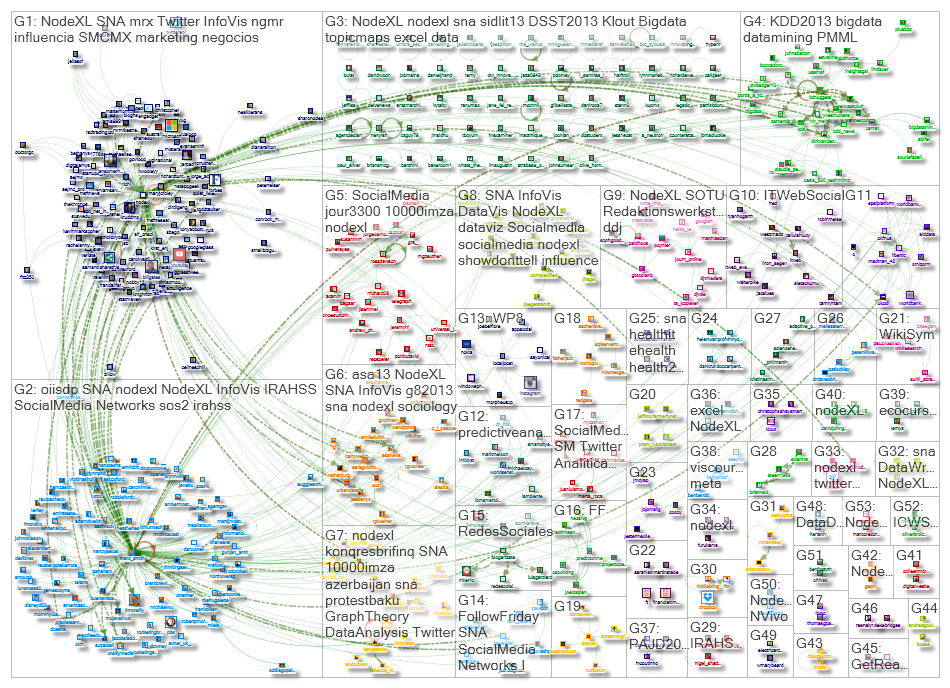 Analyzing and presenting your data is a daunting task. OfficeWriter makes it easier. Next week, we’re making it easier still with a new webinar on data visualization. Joining us is special guest Marc Smith, creator of NodeXL.
Analyzing and presenting your data is a daunting task. OfficeWriter makes it easier. Next week, we’re making it easier still with a new webinar on data visualization. Joining us is special guest Marc Smith, creator of NodeXL.



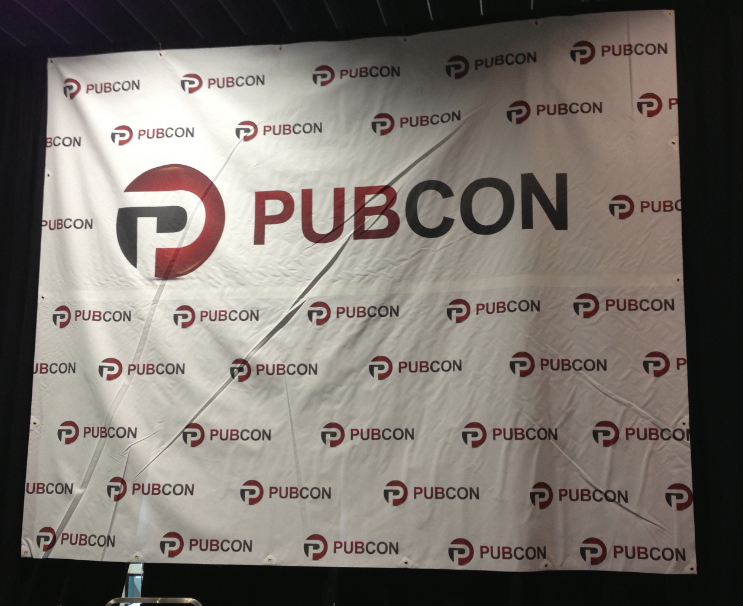
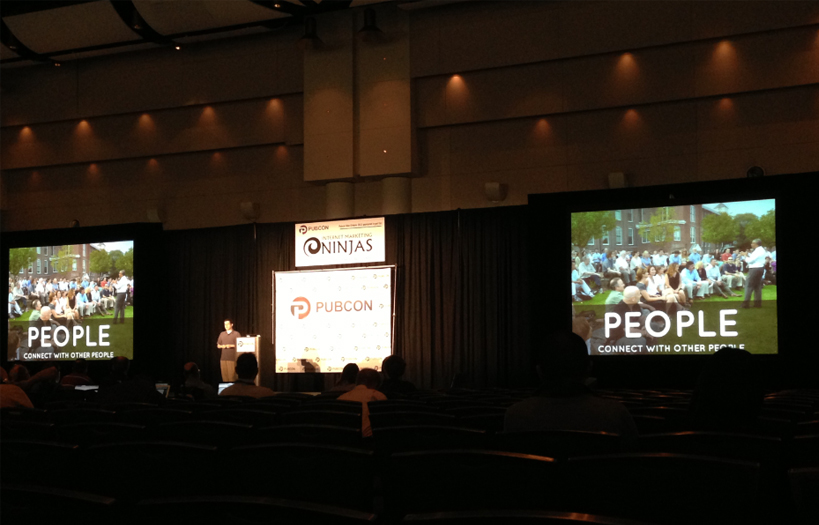

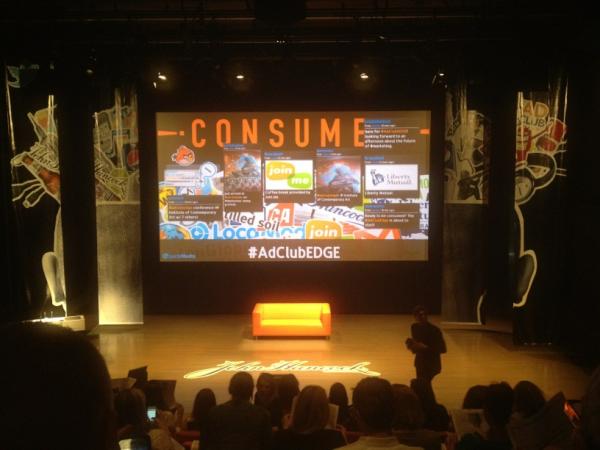
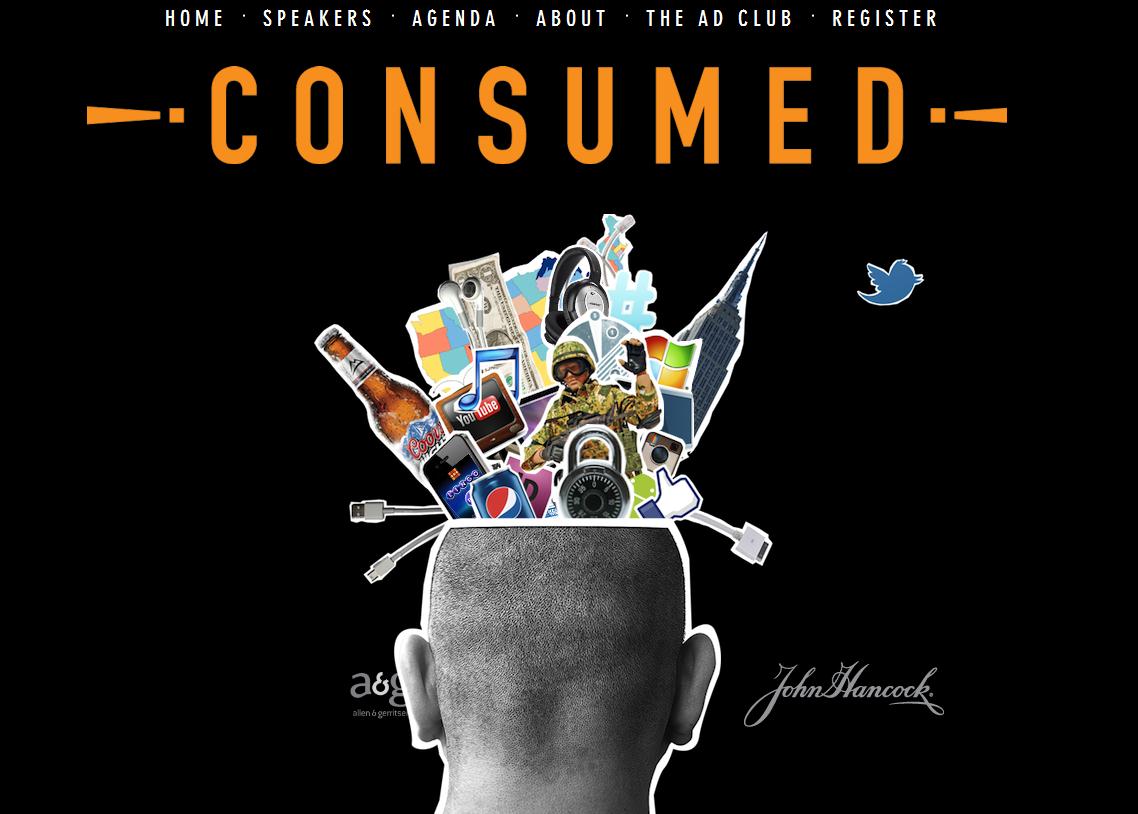
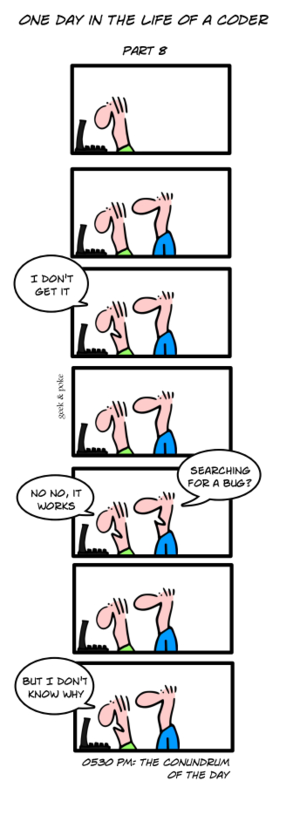
 A new
A new 